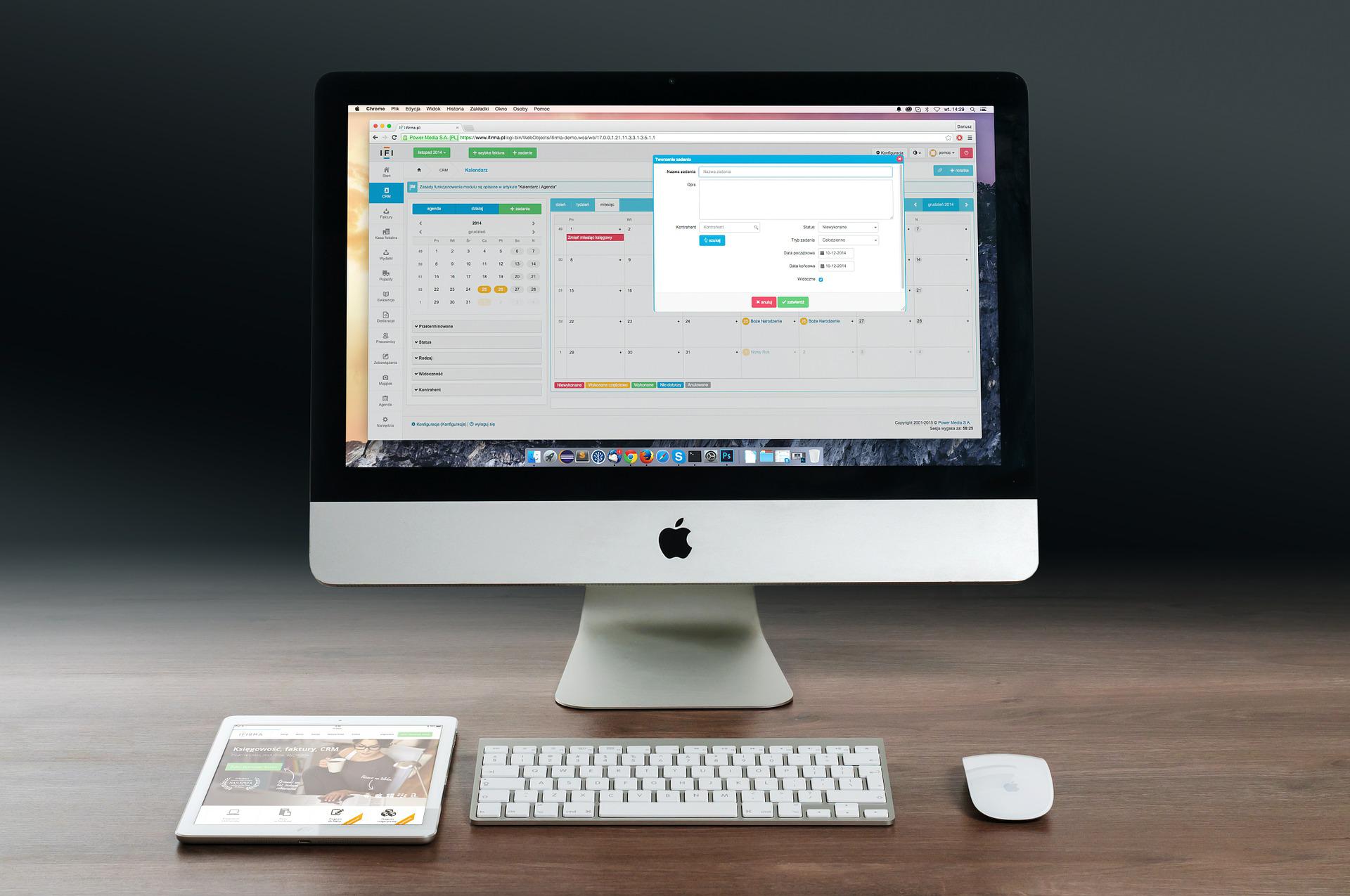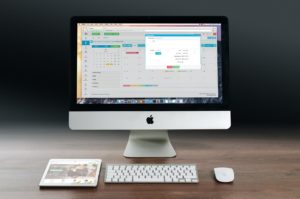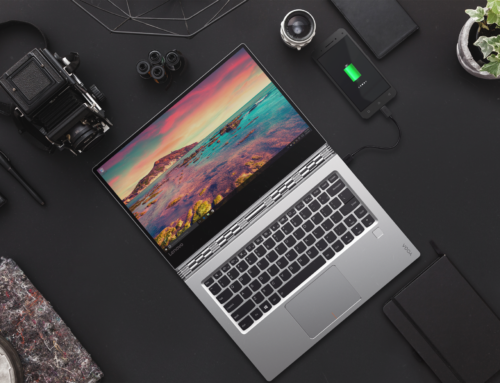
 Your workstation is your best friend — the one without whom you’d probably get nothing done. She’s your pen and your paper, your filing cabinet, your (probably) frequent taskmaster, and your window to the world.
Your workstation is your best friend — the one without whom you’d probably get nothing done. She’s your pen and your paper, your filing cabinet, your (probably) frequent taskmaster, and your window to the world.
You’ve become quite close over the past few years. Your Macbook knows your likes, and you know her quirks. There’s been much memory shared between the two of you. But every once in a while she changes — we all do, as time goes by — and the comfortably familiar becomes slightly less so. And then sometimes she changes so much, you don’t even recognize her anymore.
Yep, still a strange analogy.
There can be a lot to learn when you first boot up a new operating system. In this two-part series, we’re taking a look at some of the most important features of Windows 10 and MacOS Mojave.
Let’s get started with Part 2!
The Basics of MacOS Mojave
If you’ve only ever used Windows in the workplace, making the transition to a Mac can be a real challenge. Everything looks different, has different names, and as a whole just functions differently from what you’re used to. Even quitting a program is different!
Tip: clicking the red X in the upper-left corner of the app window will not quit the program, just close the window. Unless you key in Cmd+Q, or select quit from the file menu at the top of the terminal, the application will stay running in the dock at the bottom. Confusing? A little. But soon it’ll be second nature.
Here are a few other need-to-knows if you’re just getting started using a Mac in the business world.
How to Use Finder
The corollary to Mac’s Finder window is a combination of Microsoft’s Start Menu and the User Folder. Simply put, it’s the gateway to your workstation, so it’s an important thing to familiarize yourself with. In Finder you will find all of your documents, pictures, music, and downloads, but it’s also where you’ll find a list of all your applications. You can easily organize your files into folders, add tags to help you categorize things, and use Quick Look (which we will take a peak at in a moment) to preview documents, photos, etc.
(Tip: Though you could launch an app from Finder if you wanted to, that’s better done from the appropriately named Launchpad. Much like with your iOS device, here apps can be organized into folders).
Opening Finder is easy, and there’s a few ways to do it. The fastest way is to click on the Finder icon on the dock, but you can also click on your desktop (you must do in order make the menu bar at the stop switch to Finder — this bar changes depending on which application you window is selected), then click File > New Finder Window.
Saving Applications to the Dock
One of the most visually striking differences between the MacOS and Windows operating systems is the Dock — the bar of app icons that runs along the bottom of your screen. Many of Apple’s default programs come with shortcuts already saved to the Dock for your convenience, but with the business tools you use every day you might find yourself needing to add something new.
Saving an app to the Dock is so simple, you’ll think we’re pranking you. Just open a Finder window, navigate to you list of applications, and then drag the one you want into the Dock. You can also save an app that’s already running by dragging its icon to the left from where it sits on the Dock — across the line separating the recently used apps from the you’ve already saved there. It’s as easy as that.
Useful Business Features of Mac OS Mojave
MacOS is widely known for its power and innovation. Across the creative industries especially, it is the gold standard for running resource-intensive apps, especially those under the Adobe’s cloud umbrella. This capability also makes it the ideal solution for companies whose workers need to push their workstations to the limit. With this in mind, here are a few business features introduced with MacOS Mojave that might prove useful if you’re considering a move to Apple.
Continuity Camera. This new feature, introduced with Mojave, is among the handiest by in bounds. With Continuity Camera you use your iPhone or iPad to snap a photo or scan a document, then upload it straight to your desktop. Need to send a receipt to your boss for an expense report? Insert the file into an email, document, or presentation instead.
Quick Look. Quick Look gives you the ability to preview images and files and perform minor manipulations without opening the full file. Use Markup tools to rotate and crop images, edit videos, or add text and a signature, and more!
Dark Mode. Less a business feature than a change Apple users have been clamoring for for ages, Dark Mode takes Mac’s traditionally bright interface and turns down the lights. This is especially great for creative types, where working in the dark is often a necessity. For those who don’t need that, but do work long hours, Dynamic Desktop has been introduced as well to gently changes your interface from light to dark as the evening hours arrive.
Best Places to Store Files
There are a few places to store your files. Like Windows, Mac’s have long come standard with a number of folders for you to organize your documents, music, videos etc. If you find yourself downloading a lot of files, don’t fret if you can’t find it in your documents folder. By default all downloads are saved to a download folder.
For those of you who prefer tossing everything on the desktop, but have trouble finding the right file when you need it, a new Stacks feature will take your messy desktop and organize everything into, you guessed it: Stacks. By hovering your cursor over a Stack you can see and scroll through its contents. Handy!
Final Thoughts
Making the switch to a new operating system might seem stressful and uncertain, but it doesn’t have to be. There are tons of resources out there that can guide you through those first few moments and help you figure out what is what, and where the tools most relevant to your business are. And then there’s us!
Like what you read? Contact JNT TEK for more tips on how to best utilize all the features of your computer’s operating system.



CONNECT WITH US!